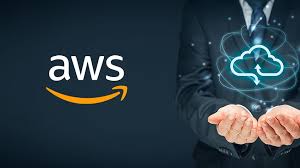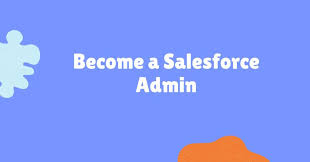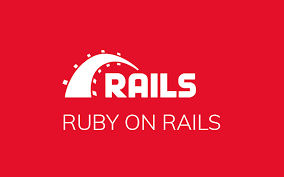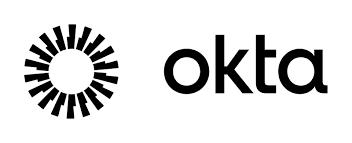Top 10 Grafana Interview Questions and Answers
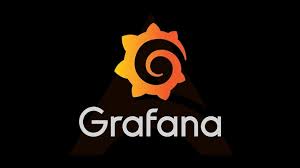
Strong 8k brings an ultra-HD IPTV experience to your living room and your pocket.
Grafana is one of the most widely used open-source platforms to monitor and observe. Its ability for DevOps, system administrators and data analysts to visualize data time series from different data sources such as Prometheus InfluxDB Graphite and Elasticsearch, makes it a vital tool.
It's important to know both the basic and advanced concepts of Grafana if you are preparing for an interview related to Grafana in 2025. We'll look at the Top Ten Grafana Interview Questions and Answers in this article to help you ace your next interview.
1. What is Grafana, and what are its key features?
Answer:
Grafana, an open-source platform for data visualization and monitoring, is designed to work with databases of time series. It allows users to query multiple sources, visualize and analyze metrics in real-time.
Features:
• Customizable dashboards
• Data source independent (supports Prometheus InfluxDB MySQL and more).
• Alerts and notifications
• Team collaboration and user access control
• The Plugin Ecosystem for Extended Functionality
2. What data sources are supported by Grafana?
Answer:
Grafana can be used to access a variety of data sources including:
• Time-series databases: Prometheus, InfluxDB, Graphite
• Relational database: MySQL PostgreSQL Microsoft SQL Server
• Cloud monitoring tools: AWS CloudWatch (Google Cloud Monitoring), Azure Monitor, and Google Cloud Monitoring
• Logging systems: Elasticsearch, Loki
• Other APIs: OpenTSDB (OpenTSDB), Zabbix and JSON APIs
Grafana’s SDK for plugins allows users to create custom data sources.
3. Explain how alerting works in Grafana.
Answer:
Grafana lets users define alerts for dashboard panels that are triggered by specific threshold conditions. Grafana will notify users via various channels, such as Microsoft Teams, Email, Slack, Webhooks and others, when an alert condition occurs.
Alert Evaluation
• The evaluation of queries is done at regular intervals.
• Return values are compared to alert conditions.
• A state change occurs if the condition is met (e.g. OK - Alerting).
Grafana 8+ introduces Unified Alerting which combines traditional dashboard alerts and alert rules in a central system.
4. What is a Grafana Dashboard, and how is it structured?
Answer:
A Grafana dashboard is an organized collection of panels that are organized into a grid to visually display metrics. Each panel contains:
• Query : Defines what data is to be retrieved from the source
• Visualization : Type of chart (graphs, gauges, tables, etc.).
• Thresholds & Alerts: Set alerts and warning parameters
• Templating : Dynamic variables to reuse across panels
Dashboards can be exported/imported in JSON format for sharing and versioning.
5. What is the difference between Grafana and Kibana?
Answer:
Both tools can be used to visualize:
• Grafana is a data visualization tool that specializes in graphs of time series. It supports multiple backends.
• Kibana focuses on log analysis, and is tightly integrated to Elasticsearch.
Grafana excels at infrastructure monitoring and metrics whereas Kibana excels at log search and analysis.
6. What are templating variables in Grafana?
Answer:
Grafana's Templating Variables allow dashboards that are dynamic and reusable. You can create queries that allow users to select values from a dropdown instead of hardcoding them.
Example:
You can use variables like host ='[[hostname ]]'. instead of querying data from a specific server.
You can filter dashboards by regions, services, environments or other criteria.
7. How do you secure a Grafana instance?
Answer:
Grafana offers several security features.
• Authentication : User accounts built-in, LDAP OAuth, SAML and Azure AD
• Authorization : Role based access control (Administrator, Editor, Viewer).
• HTTPS Support: Use SSL Certificates for Encrypted Traffic
• Data Source Access Control: Limit who can query certain data source
It is important to regularly update Grafana, and limit admin access.
8. Can you explain the role of plugins in Grafana?
Answer:
Plugins are extensions of Grafana's functionality and can be categorized as:
• Panel plugins - custom visualization (e.g., heatmaps, gauges)
• Data source plugins - connect new data sources
• App Plugins – Package dashboards, panels and data sources together
Grafana Labs offers a catalog of official plugins for both community and enterprise users.
9. What is Grafana Loki and how does it relate to Grafana?
Answer:
Grafana Loki was designed by Grafana Labs. It is a Log Aggregation System. Loki, unlike Elasticsearch does not index log content but rather labels (similarly to Prometheus).
Loki seamlessly integrates with Grafana. Logs and metrics can be correlated on the same dashboard, which is great for troubleshooting.
10. How do you share Grafana dashboards with your team?
Answer:
Grafana lets you share in many ways
• Direct Link on the Dashboard or Panel
• Snapshot Sharing (static dashboard version at a particular moment)
• Export/Import dashboard JSON
• Folders and User Roles to control access within an organisation
Grafana Cloud and Enterprise allows dashboards to be shared between teams, with a single sign-on. Audit logging is also available.
Conclusion
Grafana, a powerful tool that allows you to visualize and monitor real-time data in a visual way, continues to gain popularity among DevOps teams, IT and data analytics teams. These top ten Grafana interview answers can help you prepare for interviews and stand out during any technical discussion regarding infrastructure monitoring and observability.
Understanding the fundamentals of What Is Grafana, its best practices and real-world examples will not only help you in interviews, but it will also improve your ability to create and manage high-performing monitoring systems in your organization.
Note: IndiBlogHub features both user-submitted and editorial content. We do not verify third-party contributions. Read our Disclaimer and Privacy Policyfor details.



